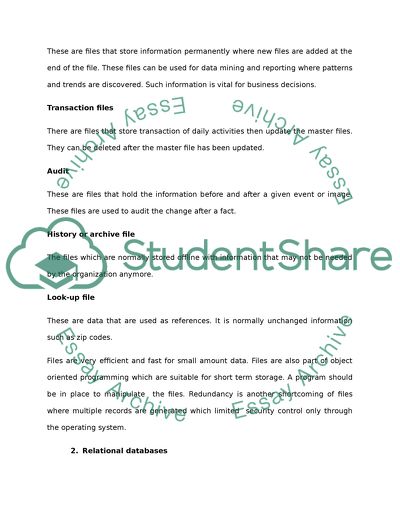Data Management Layer Design Coursework Example | Topics and Well Written Essays - 750 words. Retrieved from https://studentshare.org/information-technology/1447252-data-management-layer-design
Data Management Layer Design Coursework Example | Topics and Well Written Essays - 750 Words. https://studentshare.org/information-technology/1447252-data-management-layer-design.


